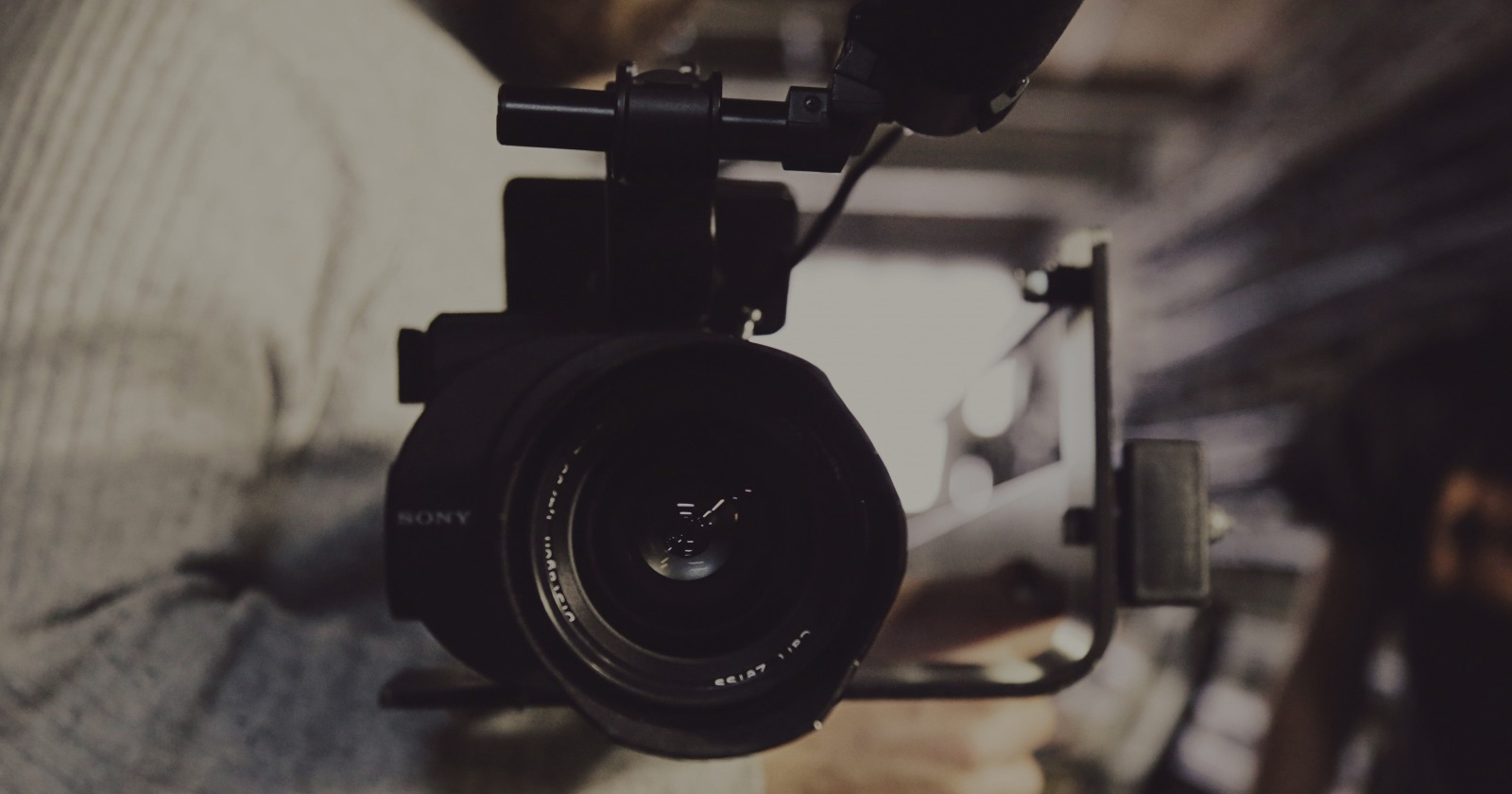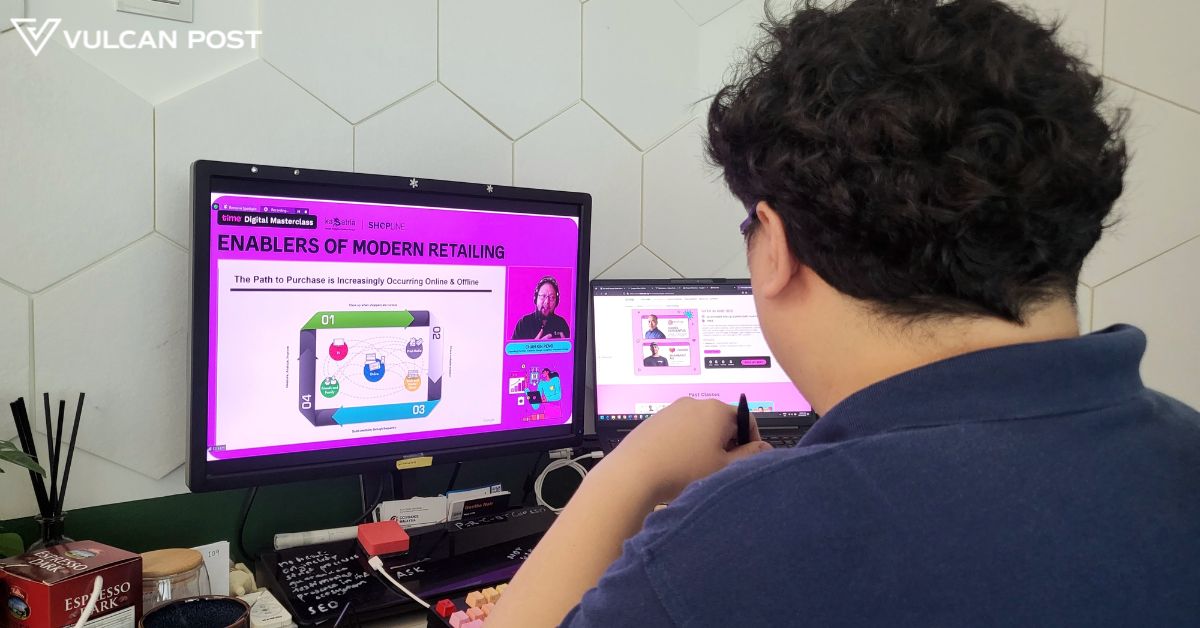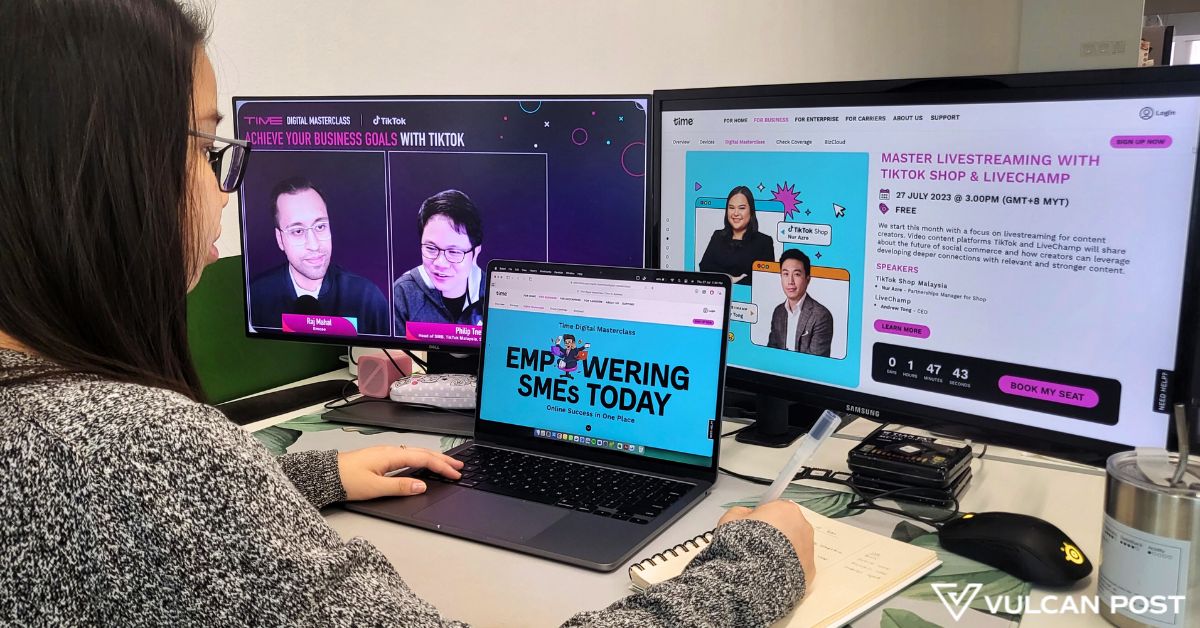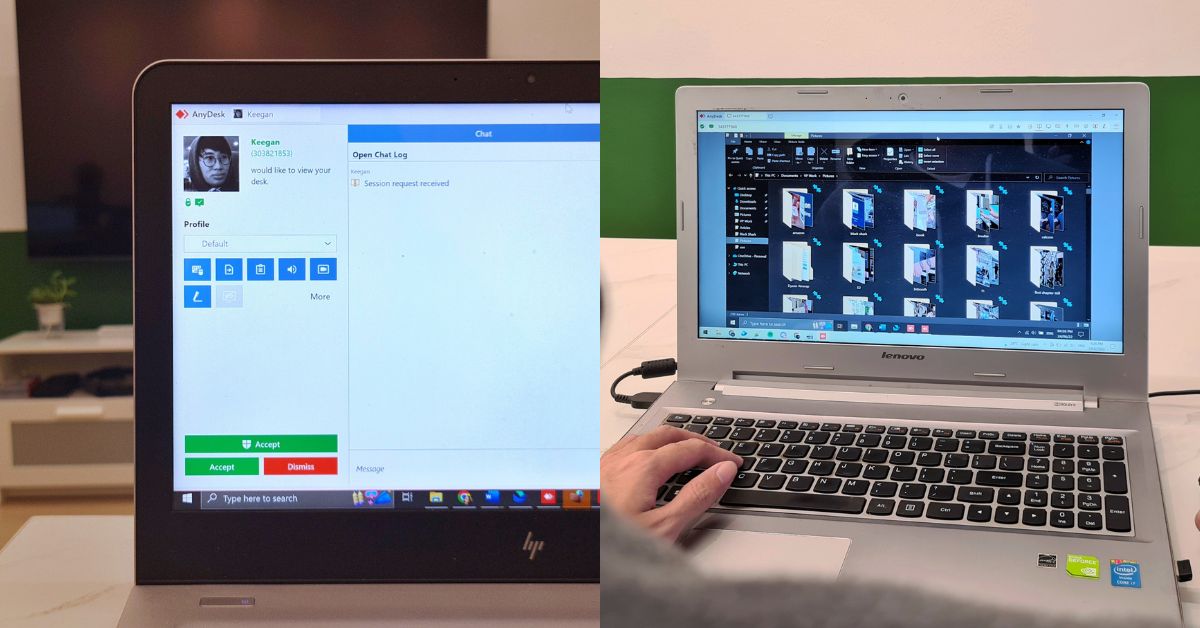The 27th Singapore International Film Festival (SGIFF) kicked off on 23rd November and we delve into the exploration of digital space.
Watching TV used to be a communal activity with the family, and movie theatres were exciting places to hang out with friends as we stuff our faces with popcorn, but now, technology gives us a push and we fall backwards into a couch at home, streaming movies and dramas online with a subscription fee of about $12 a month.
We find out from three SGIFF forum speakers, Missy Laney, Lionel Chok, and Scott Kaplan, via email interviews, on whether Virtual Reality can be a game changer, and how the Internet is a boon and a bane for filmmakers.
Choose The Right Platform, Not Any Platform
The challenge of the new-age behavioural phenomenon is not only finding the platforms to host your show, but also adopting various marketing strategies to promote it.
It boils down to the basics of marketing: Knowing what you really want to achieve.
Scott Kaplan, SVP in Global Sales at Gunpowder & Sky Distribution, points out that film distribution in digital space is a reaction to macro-shifts in human behaviour.
“People want to watch WHAT they want to watch, WHERE they feel like it, and WHEN they feel like it.” – Scott Kaplan

Kaplan outlines the rigmarole of choosing a distributing platform, “Viewership? Revenue? Awards-recognition? It comes to knowing how the platforms respond to creatively, what they will pay, what territories, rights and terms they need, [and if] they need exclusivity etc.”

The Right Audience, Not A Large Audience
“Social media is a tool, not a solution. It can be used to elevate a film or degrade a film. It allows us to measure our audience, dissect our audience demographically, and ultimately communicate with our audience.” – Missy Laney
It’s easy to mistake online marketing as mindless updates, which can dilute your film’s branding.
Missy Laney, Film Strategist and formerly the Director of Creative Initiatives at BitTorrent, believes it has been easier than ever to reach your audience, but keeping their attention is tough.
She drops a strategic tip like a giant hotcake:
“To stand out on social media, you have to have a strategy customised for each platform. Your Twitter strategy should not be the same as your Facebook strategy. Study how your audience engages, learn their language, and build a timeline of when and how you plan to cultivate and activate your fan base.”
Laney raises an issue with most strategies, “The biggest missed opportunity is slowing down once their film has been released. Once the final release rolls around, they are either too burnt out or funds are too tight to further engage an agency. Make a post release strategy and stick to it for one or two months following the release. The release is just the beginning.”
Money As The Cause Of Frustration & Motivation
A monthly subscription doesn’t really justify the money pumped into physical production. Film creators are losing money and are desperately trying to work the digital space towards their advantage.
Kaplan says, “The decline in box office for independent films and the collapse of the DVD market can’t be replaced by a monthly Netflix subscription. But there is a ton of new money being injected into the film-ecosphere as new platforms launch, and filmmakers are getting smarter and better at making great films for less money.”
“Additionally, fans can also interact with films now as funders and backers using crowd funding so that’s another big shift in the relationship we have with movies now,” says Missy Laney.
“I believe the success of each film is measured by one question, ‘Did it find an audience?'”
Virtual Reality As Our New Reality?

“The entire scope of cinematography is now changed. We have to change the environment to suit the 360 capture and delivered through a headset. So you cannot just capture it and then watch it on YouTube after.” – Lionel Chok
Lionel Chok is a Singapore filmmaker, director, and many other titles under his belt. From how he sees it, Lionel thinks the digital trend and VR technology are two great things amalgamated.
“This is something very powerful. We are currently developing apps for VR content to be published in an online store. As the cost of app development has reduced, this is definitely going to impact filmmakers, as the Play Store or the iOS store will now become a method of distribution. The platforms are also evolving and content can be priced across different stores for all demographics,” says Lionel.
While the local movie scene in Singapore is still quite dry, VR is a new direction for aspiring local filmmakers. Having a passion in Augmented and Virtual Reality, Lionel is excited about its future.
He says, “The cameras are becoming more affordable with prices matching up to $2000 ~ $4000. In time to come, I see more VR stories that are going to be curated and delivered via apps, headsets and who knows, maybe even communal VR spaces in open spaces.”
–
Future of Cinema Forum – Independent Film: Navigating the Digital Space, as part of the Singapore International Film Festival, will be held on 26 November 2016, 1pm at *SCAPE.
More information can be found at sgiff.com.
Feature Image Credit: onespacemedia.com








